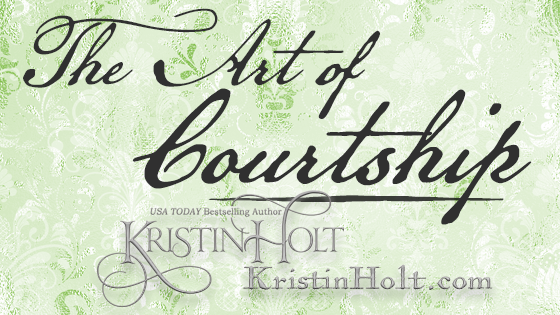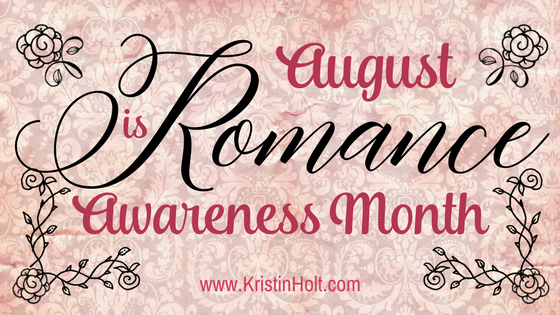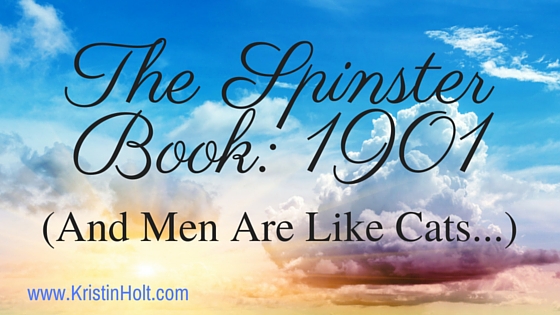
by Kristin Holt | Jul 22, 2019 | Articles
Victorian-era American wisdom regarding romance, marriage, and courtship is fascinating! A collection of 19th century newspaper clippings provides a wide range of answers to the question: Who Makes the Best (Victorian) Wives? Throughout the late nineteenth century, much (conflicting) advice for the hymeneal-minded.
Note: Part of a blog series including Blondes are Favorites (Who Makes the Best (Victorian) Wives?).

by Kristin Holt | Jun 17, 2019 | Articles
The Art of Courtship: Vintage wisdom relayed from the mid-nineteenth century to a newspaperman thirty years later (in 1887) sheds light on choosing a wife, beginning a courtship, different types of girls (shy, coquette [flirt], “vidders” [widows], and old maids, etc.). Victorian attitudes are prevalent, including the general idea that the sick and infirm aren’t suitable to marriage (think of the children!). Everything you wished your great-great grandpa had told you about courting… and more.

by Kristin Holt | Aug 28, 2017 | Articles
Though we’re at the close of August, we still have time to acknowledge the standing observation of Romance Awareness Month. What is romance? I’ll suggest my Top 15 ways to observe this month–extra applicable to readers who love romantic fiction!

by Kristin Holt | Apr 28, 2017 | Articles
An 1865 newspaper article persuades all young people to tell the truth in courtship, and attempts to convince all readers of the stark benefits, compared to disastrous tragedies, when his advice is ignored. A powerful view into Victorian history and attitudes about courtship and marriage.

by Kristin Holt | Jul 17, 2016 | Articles
“A cross between guidebook and social commentary, The Spinster Book gives clever and humorous insights on topics such as courting, handling men and women, love letters, marriage and spinsterhood.” I share one of the book’s vignettes on men; how they compare to cats…and a most successful way (for a Victorian lady, at least) to win a man’s heart, an invitation to a live theater or opera production, and his undying adoration. The book was published in 1901. The author (Myrtle Reed)’s sense of humor shines through, and sheds more than a little light on Victorian attitudes about courtship.













